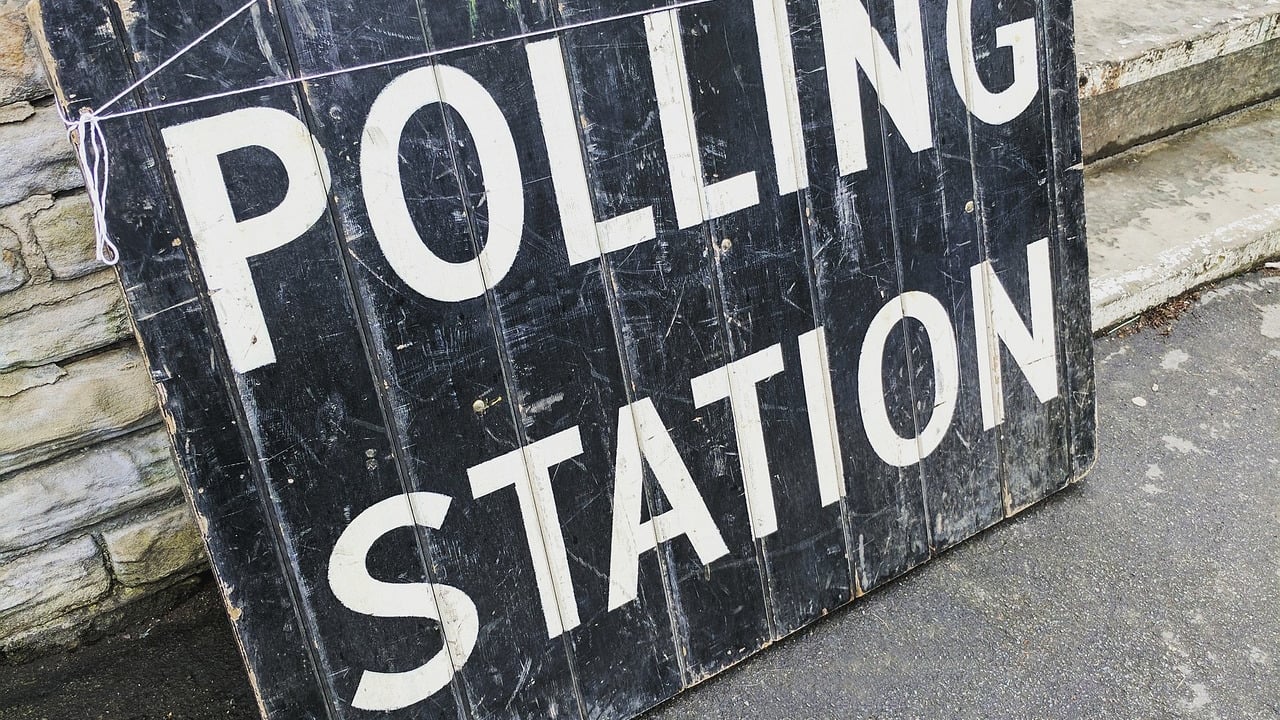Election 2024: How does proportional representation work?
Ireland has the distinction of using one of the most complex systems of voting in the world when electing TDs, MEPs and local councilors.
Proportional Representation by Single Transferable Vote (PR-STV) is a system that, in the simplest terms, is designed to ensure that the percentage of seats a party gets in a parliament or assembly is roughly equal to the percentage of votes it gets in an election.
This is achieved by giving each voter a transferable vote, whereby their vote can go to another candidate in the same constituency if that voter's 'first preference' candidate does not require that vote (either because they have already been elected or they have been eliminated from the count).
This is one type of the proportional representation system. EU member states have some leeway in how they elect their MEPs, but they have to use some variant of proportional representation.
Ireland uses the PR-STV system for general elections, local elections, European Parliament elections, and even presidential elections.
The system uses multi-seat constituencies, where each constituency elects multiple candidates (except in presidential elections).
For local elections, the constituencies are the local electoral areas (LEAs) into which counties or cities are divided, which elect various numbers of councilors. For European elections, the three constituencies are Dublin (which elects four MEPs), Ireland South (which elects five MEPs), and Ireland Midlands--North-West (which also elects five MEPs).
When voting in Ireland, you do not mark the ballot paper with a tick mark or an 'X'. Either of these would result in a spoiled vote (invalid paper).
Instead you rank candidates according to your preference. You mark '1' next to your favourite candidate, '2' next to your second-favourite candidate, and so on.
You can just mark '1' for your favourite candidate and leave it at that, or you can fill out the whole ballot paper, ranking all candidates according to your preference.
Just be sure not to skip or repeat a number, and make sure one candidate is ranked '1' before ranking another candidate as '2' and so on. Otherwise, your vote will be considered spoiled.
When the votes are being counted in a count centre, the counting proceeds in different stages, called counts.
In the first count, the ballot papers are sorted into parcels of first-preference ballot papers for each candidate. Invalid papers (spoiled votes) are excluded, and the total number of unspoiled votes for all candidates is the total valid poll for the constituency.
Before anyone can be elected, the quota has to be determined. This is the number of votes a candidate needs to guarantee election (although it is possible, in certain circumstances, for a candidate to be elected without reaching the quota, which will be explained below).
To work out the quota for each constituency in an election, the total valid poll is divided by the number of seats for the constituency plus one, and then one is added to that result.
So, for example, if there is 1,000 valid papers, and four seats up for grabs, the quota would work out at 201 (1,000 divided by five, and then add one).
A candidate whose total of votes, at any time, is equal to or greater than the quota, is elected.
All subsequent counts involve either the distribution of votes that an elected candidate received that is above the quota (the candidate's 'surplus'); or the transfer of votes from the candidate(s) who have been eliminated due to having the lowest number(s) of votes.
As distributing the surplus is more complex, and normally happens before the exclusion of a candidate at the end of a count, we'll deal with that first.
A surplus will be distributed before the elimination of the lowest candidate if the surplus, in its entirety, could elect the next highest remaining candidate; or bring the lowest candidate level with or above the second-lowest candidate; or allow the lowest candidate to qualify to recoup their election expenses.
To distribute the surplus of an elected candidate, the counters look at the parcel of votes that the candidate received at the most recent count (the parcel that brought them over the quota).
If the elected candidate got in on the first count, this parcel would wholly consist of papers where they had the first preference. If the elected candidate got in on a subsequent count, the last parcel will consist of transferred papers on which the elected candidate was the second preference, or the third preference, or subsequent preference.
This parcel of papers is divided into sub-parcels for each candidate indicated as a next preference.
So, if the elected candidate got in on their first-preference papers, the counters look at the second preference on each of those papers. If the elected candidate got in on their second-preference transfers, they look at the third preference on each of those papers, and so on.
The papers that have an available next preference are 'transferable papers'. Those that do not, or that have a next preference for an already-elected or already-eliminated candidate, are 'non-transferable papers'.
What happens next depends on whether the number of total transferable papers (after the non-transferable papers are excluded) is greater than, equal to, or less than the surplus to be distributed (these two figures will virtually never be equal in a real election with thousands of voters).
So for example, let's say the quota is 201 and a candidate has 190 votes. They receive 30 transfers in the next count, thereby getting elected with a surplus of 19, with 30 papers in their last parcel of votes. What happens next depends if the number of transferable papers is greater than, equal to, or less than 19.
In the latter two of these scenarios (i.e. the number of transferable papers is equal to or less than the surplus) the process is fairly simple: the sub-parcel for each candidate receiving a transferred vote from the elected candidate is added to their overall number of votes.
However, in the case of the number of transferable papers being greater than the surplus, candidates can only receive a proportion of the papers in their sub-parcels.
This proportion is determined by working out the ratio of the surplus to the total number of transferable papers, and applying that ratio to the number of votes in the sub-parcels of transferable papers for each candidate.
The resulting figures are the papers to be transferred to each candidate. These are then taken from the top of a candidate's sub-parcel and added to their overall number of votes.
So for example, if the surplus is 20, and the total number of transferable papers is 40, and those transferable papers are divided into sub-parcels for four continuing candidates, each of those candidates can receive half of the votes in their sub-parcel, as 20 is half of 40.
In a normal election working with much larger numbers, this process would almost certainly result in a non-whole number of papers being defined as the surplus to be transferred to a candidate.
To resolve this, the candidate with the highest non-whole remainder figure (i.e. the largest figure after the decimal point) is deemed to have one additional whole vote, and the candidate with the second-highest non-whole remainder is deemed to have one additional whole vote, and so on until the total number of transferred papers is equal to the surplus to be distributed.
So for example, if the ratio for one candidate is 10.25 and the ratio for another is 9.75, and there's a surplus of 20 to be transferred, the latter candidate will receive 10 votes rather than nine, as they have the higher non-whole remainder (0.75).
The exclusion of the lowest candidate is a far simpler process.
If, after a count, there are no surpluses to transfer, or the conditions for proceeding with the transfer of a surplus are not met, the candidate with the lowest number of votes is eliminated from the count and cannot be elected.
All of their transferable papers are distributed according to the next preference on the ballot papers attributed to them.
If that distribution, in its entirety, is not enough to bring the second-lowest candidate level or above the third-lowest, and would not entitle them to recoup their election expenses, they are also eliminated at the same time and their votes also distributed.
The same things happens to the third-lowest, if the votes of all three would not bring them level with or above the fourth-lowest, and so on.
This entire process continues in a series of counts until such a time as all seats are filled by elected candidates who reached the quota, or until a candidate (or candidates) is/are deemed elected without reaching the quota.
This would happen in a scenario whereby the number of continuing candidates not yet elected is equal to the number of seats yet to be filled; or a number of highest continuing candidates equal to the number of seats yet to be filled cannot be overtaken by any other remaining candidates, taking all possible distributions and surpluses into account.
After this, all seats are filled, and the count is concluded.





